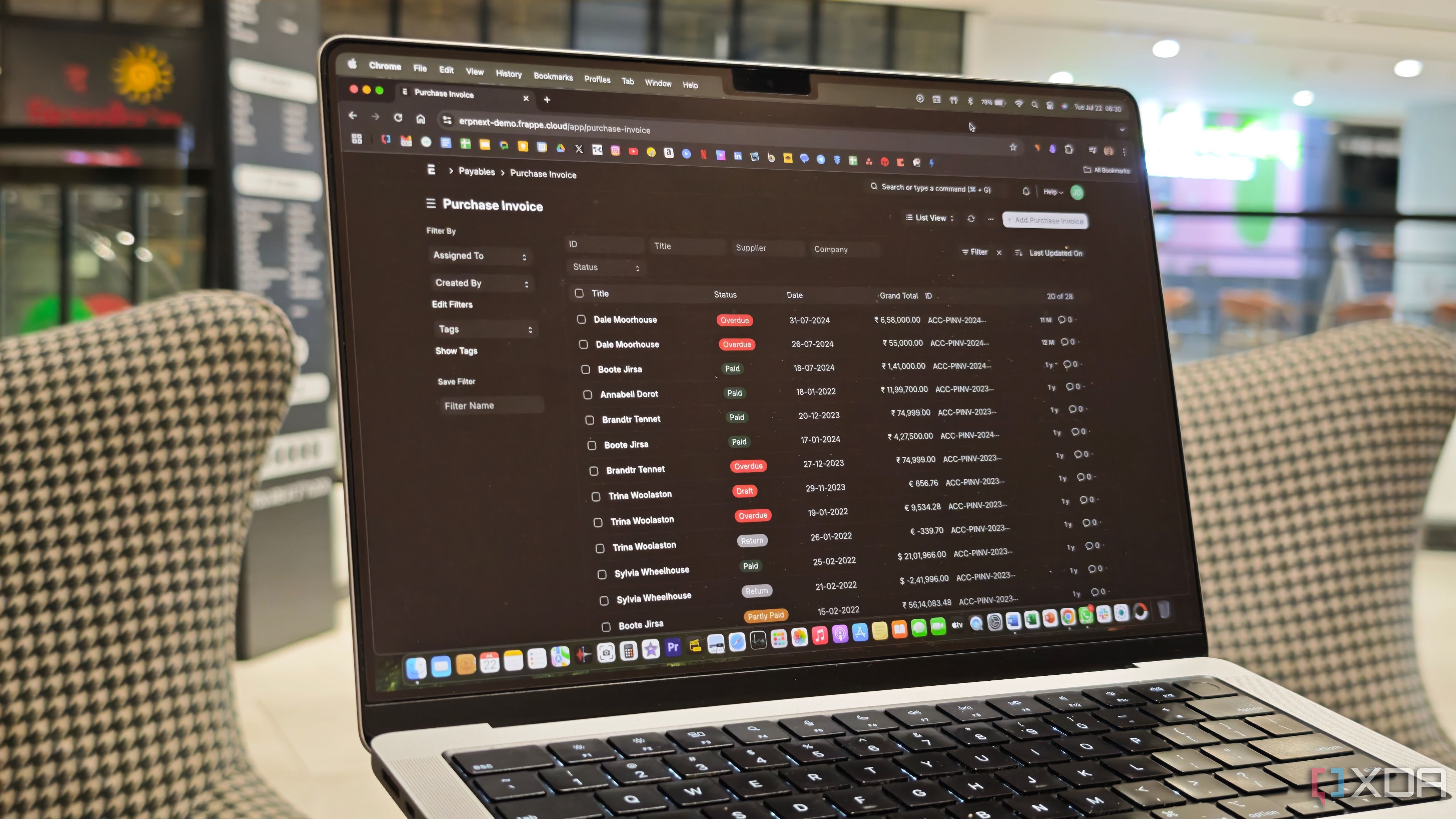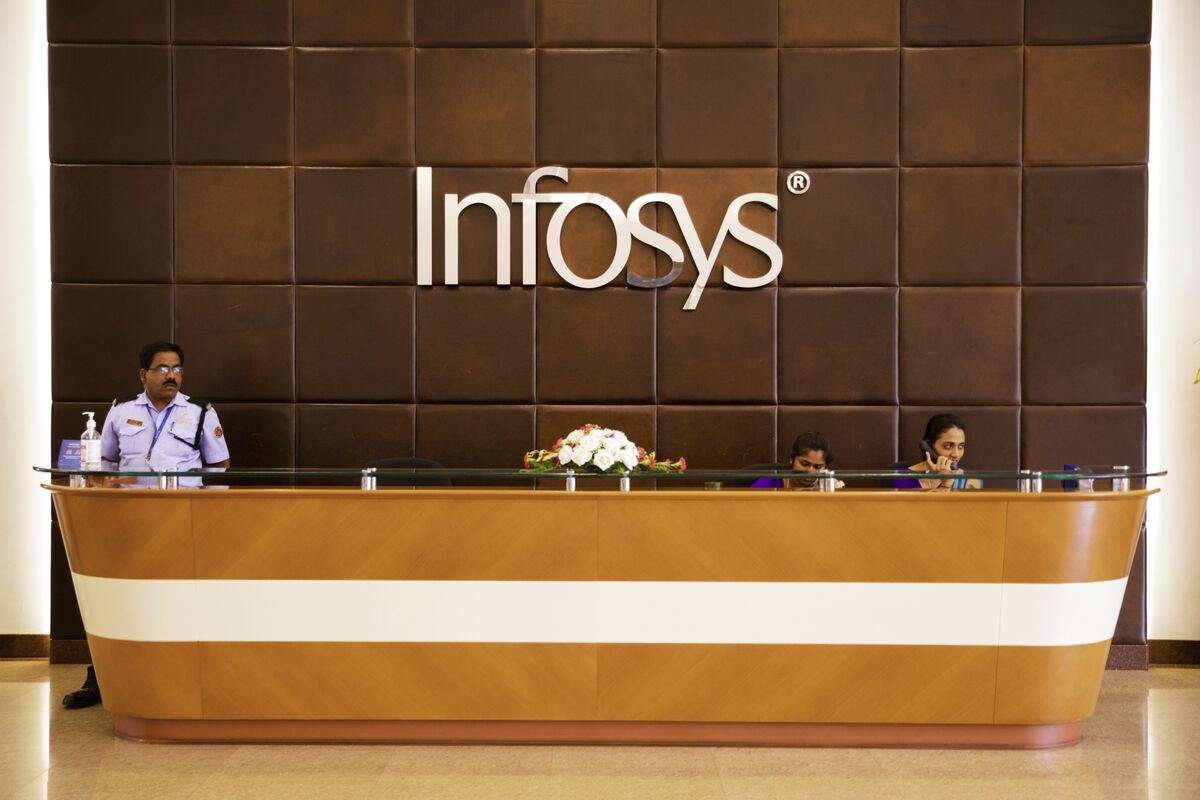IT budget planning template for growing companies
Strategic IT Budget Planning: The Technology Leader's Framework for Scaling Organizations
As companies scale in 2025, effective IT budget planning has become the cornerstone of sustainable growth, with organizations now allocating 15-20% more to technology investments than in previous years.
Market Overview
The IT budgeting landscape has evolved significantly for growing companies in 2025, with technology investments now representing a critical strategic component rather than a mere operational expense. Current market analysis indicates that companies experiencing growth phases are allocating between 4-6% of their total revenue to IT expenditures, with this percentage increasing proportionally with digital transformation initiatives. The shift toward cloud-based infrastructure continues to reshape budget allocations, with 68% of growing companies now prioritizing subscription-based services over traditional capital expenditures. This transition has created a more predictable spending pattern while simultaneously introducing new challenges in cost management and resource optimization.
Recent industry data reveals that growing companies are increasingly adopting multi-year IT budget forecasting, with 73% of successful scale-ups implementing rolling 36-month technology investment plans. This approach enables organizations to align technology investments with specific business objectives while maintaining the flexibility to adapt to market changes. The most effective IT budgets now incorporate detailed breakdowns across standard cost centers including hardware, software subscriptions, network equipment, cloud computing, security services, internet connectivity, staffing, and employee training.
Technical Analysis
A comprehensive IT budget planning template for growing companies must incorporate several technical components to ensure effective resource allocation. The foundation begins with historical benchmarking, requiring 3-5 years of previous IT expenditure data to establish baseline metrics and identify spending patterns. This historical analysis should be segmented into capital expenses (CapEx), operating expenses (OpEx), and personnel-related costs to provide granular visibility into technology investments.
The technical architecture of an effective IT budget template includes distinct modules for different expense categories. The Capital Budget component should detail new equipment purchases with specifications for acquisition costs, deployment expenses, and depreciation schedules. Operating expense tracking requires monthly subscription management capabilities with renewal date monitoring and service-level agreement tracking. Personnel budgeting necessitates both internal staffing projections and managed service provider (MSP) contract management.
Advanced IT budget templates now incorporate scenario planning capabilities, allowing technology leaders to model different growth trajectories and their corresponding IT requirements. These forecasting tools typically utilize rolling quarterly updates with variance analysis to maintain budget accuracy throughout the fiscal year. Integration capabilities with procurement systems and financial management platforms have become standard features in enterprise-grade IT budget planning solutions.
Competitive Landscape
When evaluating IT budget planning templates, growing companies have several options ranging from basic spreadsheet models to sophisticated enterprise resource planning (ERP) modules. Microsoft's business budget templates offer accessible entry points with customizable frameworks that can be adapted to technology planning needs. These templates provide fundamental structure but typically lack IT-specific categorization and forecasting capabilities required by scaling organizations.
Specialized IT budget planning solutions from technology management platforms offer more robust capabilities with pre-configured expense categories, integration with asset management systems, and automated variance reporting. These purpose-built solutions provide superior visibility into technology investments but require more significant implementation resources and ongoing management.
The most comprehensive approach combines financial planning software with IT service management (ITSM) integration, creating a unified view of technology investments and their business impact. This integrated approach enables real-time budget tracking against actual expenditures while providing the analytical capabilities needed for strategic decision-making. The competitive advantage lies in templates that balance structured planning with the flexibility required by growing organizations experiencing rapid change.
Implementation Insights
Successful implementation of an IT budget planning template begins with executive alignment on technology's strategic role within the organization. Before deploying any budgeting framework, technology leaders should facilitate discussions with key stakeholders to establish clear business objectives that will drive IT investments. This preliminary step ensures the budget planning process remains focused on business outcomes rather than technology for its own sake.
The practical implementation typically follows a six-step methodology: First, gather historical data and establish baseline metrics. Second, define comprehensive cost centers covering all technology-related expenses. Third, develop multi-year projections aligned with business growth plans. Fourth, incorporate flexibility mechanisms for market changes. Fifth, establish regular review cycles with variance analysis. Finally, integrate the budget planning process with procurement and financial systems.
Common implementation challenges include incomplete historical data, unclear growth projections, and insufficient granularity in expense categorization. Organizations can overcome these obstacles by partnering with managed service providers who bring industry benchmarking data and standardized categorization frameworks. The most successful implementations maintain a balance between structured planning and adaptability, with quarterly review cycles that allow for course corrections without sacrificing long-term strategic alignment.
Expert Recommendations
Based on extensive analysis of high-performing organizations, I recommend implementing a three-tiered IT budget planning approach for growing companies. The foundation tier should establish baseline operational funding covering essential infrastructure, security, and support services—typically representing 60-70% of the total IT budget. The second tier should allocate 20-25% toward strategic growth initiatives directly supporting business expansion. The final tier should reserve 10-15% for innovation and emerging technologies that may create competitive advantages.
Technology leaders should implement rolling quarterly reviews of IT budget performance, with formal reforecasting conducted semi-annually. This cadence provides sufficient oversight while avoiding excessive administrative burden. Each review should examine both spending variances and business impact metrics to ensure technology investments deliver expected returns.
Looking ahead to 2026, growing companies should prepare for increased budget pressure from artificial intelligence implementation, enhanced security requirements, and sustainability initiatives. Forward-thinking organizations are already incorporating these emerging priorities into their multi-year forecasts. The most successful IT budget planning templates will evolve from pure financial instruments into strategic planning tools that connect technology investments directly to business outcomes, providing the foundation for sustainable growth in an increasingly digital business environment.
Recent Articles
Sort Options:

This free, open-source resource planning tool is one of the best self-hosted tools I've ever used
A freelance writer and small marketing agency owner explores affordable self-hosted resource planning software to manage overwhelming project demands and finances, seeking effective solutions without the high costs associated with traditional ERP systems.

Infosys Narrows Sales Forecast Amid Cautious Client Spending
Infosys Ltd. has raised the lower end of its sales forecast for the year, indicating increased confidence in client spending on business transformation projects. This adjustment reflects the company's adaptability in a cautious economic environment.

FinOpsly Launches Costix, The First Estimator Built for Multi-Cloud, AI, and Data Cost Planning
FinOpsly has launched Costix, an AI-driven estimation tool designed to streamline cloud, data, and AI cost planning. By providing accurate solution blueprints and detailed workload specifications, Costix enhances collaboration and reduces financial risks for enterprise teams.

5 critical mistakes in marketing budget allocation, and 5 ways to spend smarter
The article from MarTech highlights five common mistakes in marketing budget allocation, such as neglecting sales enablement and under-investing in martech. It offers strategic solutions for smarter spending, emphasizing the importance of adaptability and balancing brand building with performance marketing.

What Trade Tensions Mean For IT Budgets In 2025
IT teams are facing heightened urgency and concern due to ongoing flux and uncertainty in their environments. This evolving landscape challenges their ability to adapt and maintain operational efficiency, highlighting the need for strategic solutions and proactive management.

I helped my company save $1.3 million by going on a “software diet”: here's what I learned
A fast-scaling startup implemented a software diet, resulting in $1.3 million savings and improved employee engagement. By encouraging critical evaluation of tools, the initiative fostered a culture of intentional spending and streamlined operations, demonstrating the benefits of optimizing software usage.

SMBs are fretting about rising costs ahead of a difficult year
A recent Intuit QuickBooks survey reveals that 57% of UK SMBs anticipate rising costs, with 64% concerned about their impact. The findings emphasize the need for improved financial management to navigate economic challenges and enhance business resilience.